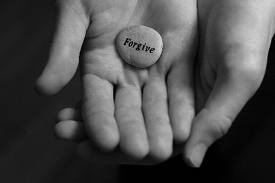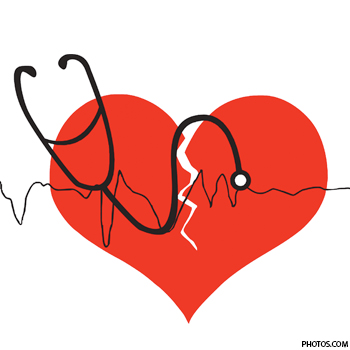Recently we embarked on a "relationships blog tour". I would like to share with you several of the blogs that were posted about Relationships and about the book "Changing Relationships". Here is what "A Young Man Speaks" wrote about the subject:
by Conor MacCormack

Nothing is more critical to our health than our relationships and nothing is more critical to our relationships than how we communicate. How often have you had a difficult discussion with someone that didn't go as you intended or left a meeting with an important person in your life unsatisfied?
To change these experiences, the answer lies in having the right communication skills and tools that enable us to respond appropriately in a way that is positive for both us, and the other person. These same tools can transform how we behave in relationships and have been shown to lead to more successful and more fulfilling relationships.
A study at Brigim Young University factoring in 148 studies involving over 300,000 subjects concluded that friends and social relationships, in addition to enhancing our health also appear to enhance our longevity.
Behavior change can seem scary or complicated. If the payoff however, is big enough in terms of your own personal health and your loved ones overall well-being, wouldn't the time and energy you put into changing your behavior be worth the reward?
The subject of how to successfully change our behaviors is something that has been widely studied and researched for decades. Most of the resulting models of behavior change, however, have not been successful in creating lasting change. Until now. A bestselling, award winning book, Changing Behavior: Immediately Transform Your Relationships with Easy to Learn, Proven Communication Skills, by medical educator and researcher, Dr. Georgianna Donadio, focuses provides easy to learn and proven skills that any of us can apply to all types of relationships to create more successful outcomes.
Dr Donadio’s book offers 12 steps to immediately changing how you relate to others and how they relate to you. Step one begins with recognizing that 50% of the time 90% of us are not focused or paying attention to the conversations – according to a recent Harvard study. When we are with another person our full attention should be on them and not on their inner dialogue about what they are thinking or what they want to say next. Closed body language, looking at our watch, playing with our hair and so forth, send the message that we are not paying attention and that we not interested in what the other person has to say.
As we all want to be valued and know what it feels like to have someone not pay attention to us, when we shift our focus from ourselves to paying attention to the person we are with, the conversation and relationship flourish. Step Two is understanding that holding soft, non-judgmental eye contact with someone communicates that you are fully present to them and also stimulates the limbic portion of the brain to produce oxytocin, the neurotransmitter hormone connected to trust and love.
The book goes on to discuss all 20 dimension and 12 steps to creating fulfilling and successful relationships for yourself and the individuals you communicate with. For more information you can visit www.changingbehavior.org for a free download excerpt from the book.


